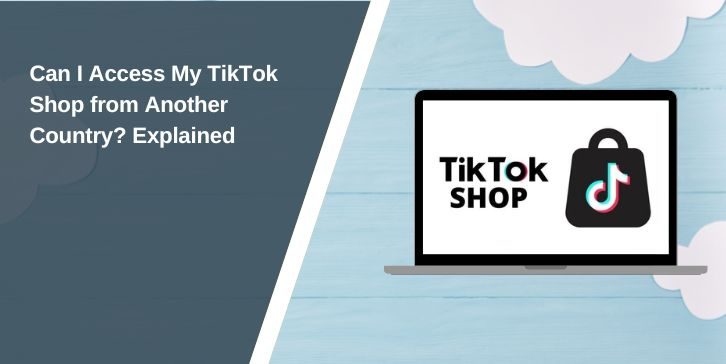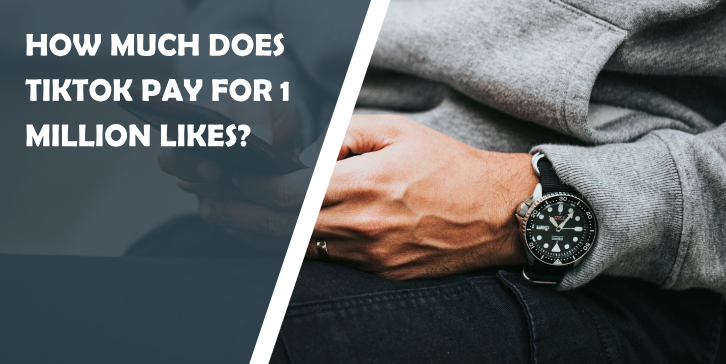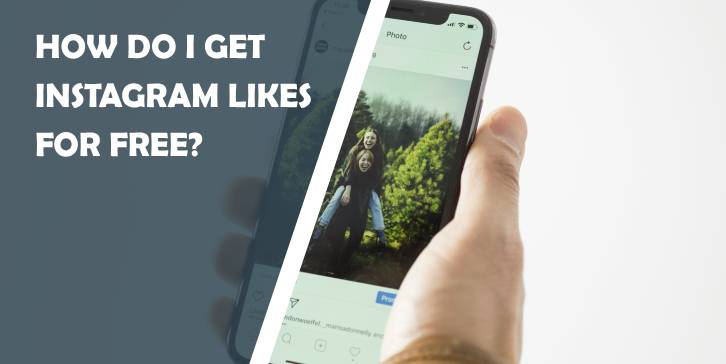Social media is an abundant source of marketing tricks, but also a playground occupied by many successful competitors. Two brands can employ the same social media strategy and yet achieve different results.
The key, as always, is in cutting through the noise by being bold and different.
But social media branding success is also about playing smart.
With so many powerful techniques you can leverage, making the right combination seems to be a crucial differentiator. It is luckily something you can learn from the world’s leading brands, regardless of your specific niche audience or the number of competitors you need to play against.
These are the five things your untouchable rivals are doing differently.
Learn How to Beat Your Competitors in the Social Media Branding Game
1. Creating a Catalog of the Most Successful Posts

Although social media plays a crucial role in website success, a lot of brands don’t fully understand the real meaning of social media presence. Having business accounts on Facebook, Twitter, or Instagram is not enough. Social media ads are not enough. Even “regular posting” is not enough.
Every marketing expert knows that social media posts must offer 10x content that’s entertaining and useful at the same time. Competitive posts should also be inspiring, creative, and original. The word “value” is used to describe them, too, as well as the “regular posting.”
So why is this not enough?
What are your competitors doing differently?
Leading brands take “regular posting” quite seriously. They take the time to study their most successful posts, and then they do two crucial things others don’t. First, they learn more about what their audience responds to and pour that actionable insight into their LMS software for future use.
And second, they keep resharing these posts.
As long as you keep them fresh – by changing captions and images – you can keep reusing your engaging posts without boring your audience. Of course, you need to stay on top of their engagement metrics through social media marketing tools. When the engagement drops, archive them.
Let them simmer for a few months and then repost them again.
2. Devoting Time to Thorough Hashtag Research
Marketing automation tools with analytics are crucial for any branding operation on social media, so make sure you’re using the best one. By looking at the data they collect, you can learn a lot about your audience. And if your tool is showing low engagement rates, this is telling you something too.
Perhaps your posts are not reaching the right audience.
There are two ways you can deal with this problem – paid and organic.
You can either invest in paid social media ads with super-powerful targeting functionalities. Or you can start researching your audience and niche-relevant hashtags. Take a look at your competitors and see what they’re doing.
Every viral post on social media includes a catchy caption and multiple hashtags. You don’t even need a lot of them; you only need the right ones. There are many free online tools for hashtag discovery you can use, so add this insight to your marketing LMS software as well. You’ll need it later.
The right hashtag is like a good keyword.
It’s researched often by your niche audience, but it’s also narrow enough to cut through the noise and exclude your competitors. If the search volume on a hashtag is too high, this word will hardly help you avoid competition. Avoid generic hashtags that say little about your unique brand.
3. Encouraging and Reposting Branded UG Content

You may ask why to use amateur content made by your customers when you have a team of branding and marketing experts on your side? User-generated content may be a novelty in the online business arena, but it’s way more effective than high-budget ads and psychological tricks that old methods rely on.
User-generated content is about trust, and leading brands know this.
To understand why this tactic is wildly successful, you need to put yourself in the consumers’ shoes. As a customer, would you rather trust an edited TV commercial with a celebrity face in it or an honest product review from your best friend? More than 85% of today’s consumers would trust a friend.
That’s essentially what user-generated content does – it provides a filter-free look at your brand from the perspective of someone who uses your products and services and is ready to vouch for their quality. UG content is not only a free ad but also a way to build the buyer’s confidence.
You can encourage your satisfied customers to create and post UG content by running a contest and rewarding the best picture or video. UG content is typically posted under your brand’s mention or hashtag, and you should reshare every post with a thank you note.
Another thing you can do to encourage UG content is to use attractive packaging. Good-looking products don’t just get more attention, but they are also more likely to prompt customers to take snaps and post them on social media.
Invest in the design, material, and production of the product packaging, and create an unforgettable unboxing experience with beautifully designed boxes, custom packaging inserts, and branded-tissue-paper packaging. Don’t forget to include a hashtag and your brand’s social media handles on the box or packaging.
4. Building Relationships with Niche Influencers
Influencers are another novelty in the online branding and marketing arena, all thanks to the rise of self-made social media celebrities. These are the people with organic following that trust their favorite influencers’ judgment when it comes to choosing a particular brand over its competitors.
And this is where you step in to reap the benefits of influencer marketing.
Just like with UG content, consumers trust influencers to deliver them objective recommendations of products, services, and brands. In exchange for doing so, most macro-influencers ask for money. But micro-influencers are growing more influential by the day, and they work on freebies alone.
But the difference between these two types of influencer marketing goes beyond compensation. Macro influencers are mostly offline celebrities with low credibility rates, as people assume they are being paid for their recommendations and that they are, therefore, not as honest as they should be.
Micro-influencers, on the other hand, have a lot to lose.
They would never jeopardize what they’ve built for a low-quality brand, and their followers know that. If you’re considering influencer marketing, look for social media branding game stars with around 10K followers. They are all loyal to their favorite influencers and take their brand reviews as helpful suggestions.
Oh, and make sure their niches align with your offer.
5. Using Social Media as a Customer Service Tool

Before you can start leveraging social media as a customer service tool, you need to upgrade your marketing automation tool and LMS software system. What you need is a tool that includes sophisticated features for social listening, for starters, as well as LMS software with a quiz maker.
Social listening tools are a brilliant solution for handling bad reviews.
Most dissatisfied customers won’t leave bad feedback on your site or social media page, where you can easily erase or edit it. They will express their frustration in a public post instead, which is why you need a tool that scans social media sites for mentions of your brand before they go viral.
That way, you can address the concerns of these customers on time.
Alternatively, you can establish a system that prevents customer frustration. Using a quiz maker, you can create customer satisfaction surveys and post them on social media. They’ll tell you everything you need to know about how customers perceive your brand and fix your reputation accordingly.
Of course, social media-based customer service is all about customer convenience. You’re offering this option so that they don’t have to switch tabs to ask you a question, so it only makes sense that your reps are available 24/7. To unlock this superpower, you need a chatbot to represent you.
Closing Remarks
In case you haven’t seen many of your competitors employing these strategies, the following stats should convince you that they are the most effective tricks for building a brand on social media. And the best of all is, they bypass paid advertising, which makes them suitable for growing companies:
- Creating a catalog of the most successful posts: Every time you reshare content on social media, it gets more traffic. (Marketing Land)
- Devoting time to thorough hashtag research: 7 out of 10 hashtags on Instagram are branded. Also, a single hashtag can increase engagement rates by 12.6%. (Sprout Social)
- Encouraging and reposting branded UG content: 88% of consumers trust online reviews written by other consumers as much as they trust recommendations from their contacts. (Bright Local)
- Building relationships with niche influencers: 94% of marketers think that transparency and authenticity are key to influencer marketing success. (Marketing Charts)
- Using social media as a customer tool: 71% of consumers who have had an excellent social media service experience with a brand are likely to recommend it to others. (Ambassador)
Numbers never disappoint, and neither do these five competitive social media branding game strategies. Choose the most suitable social media sites for your business and equip your marketing team with the best tools. This is what it means to play smart in the social media branding game.





Comments are closed.